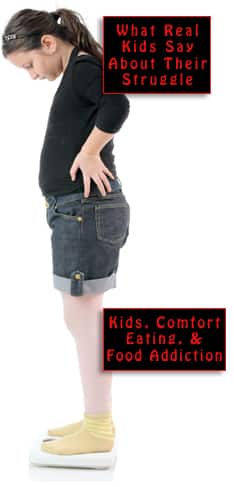
America wants kids to go back to school because they are more likely to get physical exercise and avoid becoming overweight or obese. Some kids, by returning to school, will receive good nutrition instead of the lousy, inadequate kind. By attending classes and learning things, kids will be generally more successful and happy in life, with less reason to adopt destructive, self-sabotaging habits. When life is satisfying and rewarding, people are inspired to take good care of themselves.
America doesn’t want kids to go back to school because: COVID-19.
Before returning to the question of whether schools should reopen, or how they might possibly manage that feat, Childhood Obesity News takes a moment to absorb and reflect briefly on facets of the big picture. Robert Roy Britt enumerates the five stages of the pandemic, and where we are in them.
In this post we mention only the subtitles, but there is a lot of meat on those bones. The headings of each stage are:
Stage 1: Infections are rising
Stage 2: Number of confirmed cases are surging
Stage 3: Increasing hospitalizations
Stage 4: More deaths
Stage 5: Potential conflagration in the fall
Lawsuits fly back and forth, over who should be tested and by what methods and how often, and who should pay for it. Testing is catastrophically expensive, leading some to wonder if government funds could be put to better use — like to lower the cost of testing — than they have been put to recently.
A three-author Bloomberg.com piece about workplace testing for the virus contains a rather absurd quotation:
As health-care companies that work with employers in this capacity are fond of saying, there’s no silver bullet.
Perhaps not — but there is testing! Still, testing is not totally reliable, and to be meaningful at all, it would probably need to be conducted on a daily basis, which is unlikely to happen. The big problem with testing right now is the length of time it takes to get results back. If an employee’s swab is sent to a lab on Monday and the result is not revealed until a week later, well, a lot of additional people can be infected within those seven days — including their kids, and their co-workers who have kids. And if a well-financed company can’t keep up with testing in a timely fashion, how could this possibly work in a school setting?
Things that don’t sound good
One of this week’s super hot-spots is Houston, Texas, where a very disturbing trend is in progress: people dying at home, before first responders can reach them. Coronavirus has revealed itself to be as much a circulatory system disease as anything else, subjecting adults and even children to unexpected heart attacks.
This is one of the clues that leads some researchers to think that the total number of deaths is much higher than previously suspected. When the disease was perceived as only affecting the respiratory system, quite a few deaths that did not obviously spotlight the lungs could have slipped through the accounting fence.
This Tuesday, “a record 3,851 people were hospitalized for the coronavirus in the Houston region.” For those who die at home or en route, there is very little “reflexive” testing. “The medical examiner only performs autopsies in a fraction of cases,” say the authors. Consequently, no one knows for sure the true number of deaths attributable to the virus. When testing is done, it takes time for the paperwork to wend its way through the system, so daily totals are never up to date.
Dr. Peter Hotez of the Baylor College of Medicine says,
And it seems to be happening both early and late in the course of the illness. So patients are recovering and then they’ll come home from the hospital and they’ll die. Or they were never diagnosed, and the first manifestation is sudden death.
None of this is helpful to the mental health of firefighters and paramedics, either. Reaching a victim who never had a chance is always psychologically devastating. These highly-trained heroes want to deliver patients to the hospital where they can be saved, not to the morgue. Every death is devastating, and what they experience daily is not even Post-Traumatic Stress Disorder because there is nothing “post” about it — they are still in the midst of it.
Your responses and feedback are welcome!
Source: “‘We Are Not Even Beginning to Be Over This’,” Medium.com, 06/30/20
Source: “Employers Find Testing Employees More Trouble Than It’s Worth,” Bloomberg.com, 07/06/20
Source: “An increase in people dying at home suggests coronavirus deaths in Houston may be higher than reported,” TexasTribune.org, 07/08/20
Image by Paul Downey/CC BY 2.0

 FAQs and Media Requests:
FAQs and Media Requests: 











